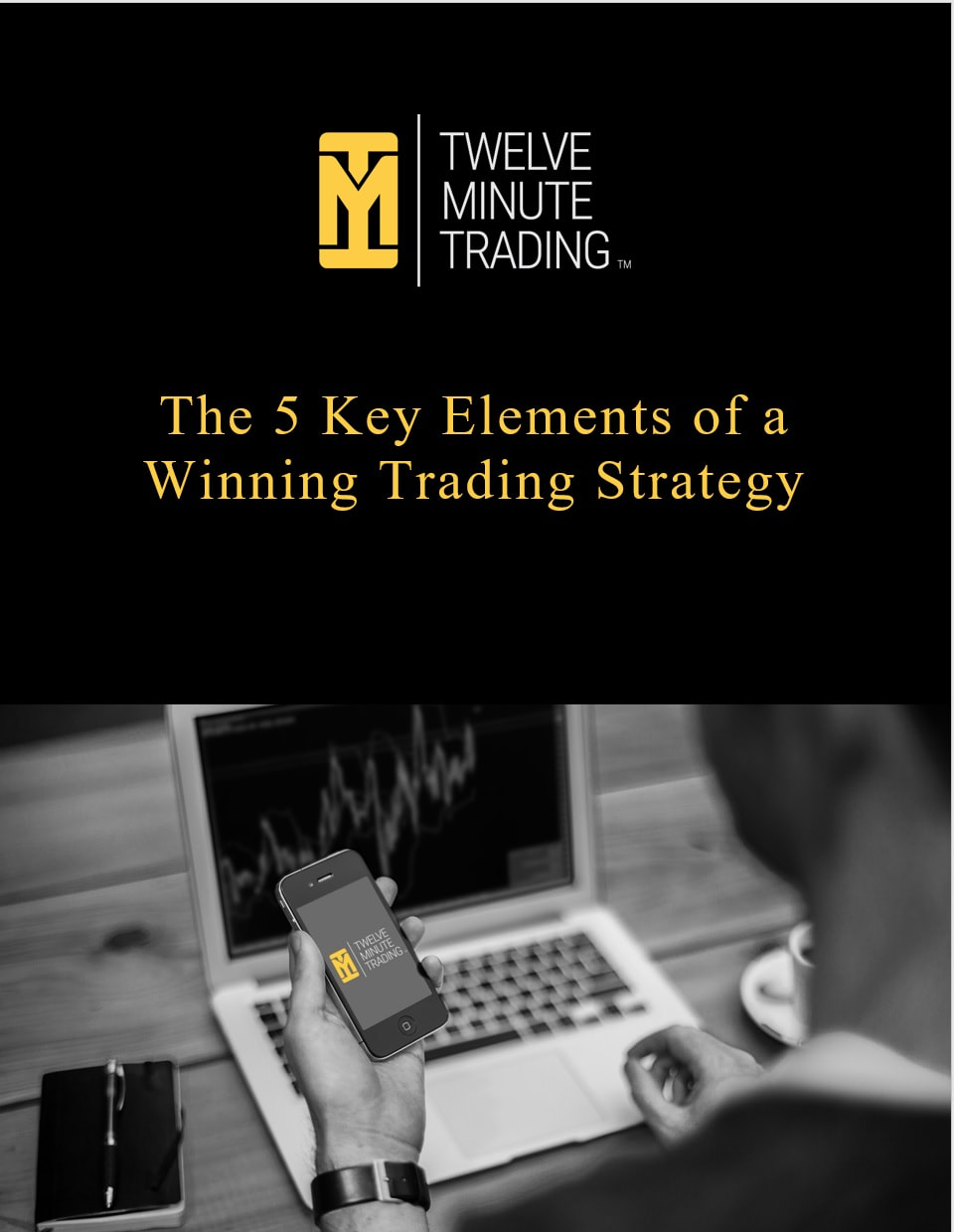|
When I was coming up through the ranks and trying to establish myself as an independent trader, I heard a mountain of advice directed to newer traders. Most of it was cataloged away in my mind with a “that sounds logical” footnote, but the problem with getting too much advice when you’re a n00b is that you don’t really have the experience to give it context.
And I would find that all that advice really was correct, if I had stopped to apply it. I suppose some things are better off learned experientially instead of by reading them. So after all this time, what advice would I want to pass along to others that were coming up through the ranks, as I did? Let me boil it down to the top three:
I’m sure that I have many more lessons that I’ve yet to encounter, but these are my top three for today! . In your corner……..Doc Severson Click Here to Get a Free 14-Day Trial of Doc and Dave's Services Recently in our live trading room, I talked about the concept called “The Dip.” When we start out on a new venture, we’re optimistic about how this will change our life going forward, so we put all of ourselves into this new gig.
And that lasts as long as we’re making progress. The very first moment that we encounter opposition, which in trading could be your first loss on a new strategy…we tend to get discouraged as it triggers off a lifetime of memories where we encountered similar disappointments. The brain says, “Oh no, here we go again.” This is “The Dip.” As a result, we quit and go back on the hunt for the next “new thing.” And the cycle continues, ultimately leading to future disappointment down the road when THAT new thing fails as well. Aren’t you tired of it? If so, perhaps the solution is to stop looking for the shortcut. You actually want the LONGcut. The DIP is where you will forge ahead through your persistence as you begin to learn how to tame a strategy, and come out on the other side far better than if you had quit like everyone else. So when a strategy stops working, ask yourself “why?” Exactly WHAT changed to prevent the strategy from continuing to work? What changes in price, time decay, or volatility have you observed that would change how the strategy works? Digging your heels in and finding out the real answers is absolutely the key to you eventually attaining your goal, because then you can fight back with adjustments. You know, there is a reason why a steering wheel was inserted into your car’s dashboard; life was meant to be lived through adjustments and adapting to changing circumstances. The Marines have an expression: “improvise, adapt, and overcome” and this is precisely what we need to do. Hit a brick wall? Strategy stopped working? Start to dig and find the REAL answers. You’ll look back on that moment years later and realize that it was precisely THEN that your trading began to take a turn for the better. In your corner……..Doc Severson Click Here to Get a Free 14-Day Trial of Doc and Dave's Services |
Get a 14-Day FREE Trial of 12 Minute Trading services!Archives
May 2024
Categories
All
Get Your FREE Copy of the 5 Key Elements E-Book! |
U.S. Government Required Disclaimer - Forex, futures, stock, and options trading is not appropriate for everyone. There is a substantial risk of loss associated with trading these markets. Losses can and will occur. No system, strategy, or methodology has ever been developed that can guarantee profits or ensure freedom from losses. No representation or implication is being made that using the 12 Minute Trading methodology or strategy or the information in this letter will generate profits or ensure freedom from losses.
HYPOTHETICAL OR SIMULATED PERFORMANCE RESULTS HAVE CERTAIN LIMITATIONS. UNLIKE AN ACTUAL PERFORMANCE RECORD, SIMULATED RESULTS DO NOT REPRESENT ACTUAL TRADING. ALSO, SINCE THE TRADES HAVE NOT BEEN EXECUTED, THE RESULTS MAY HAVE UNDER-OR-OVER COMPENSATED FOR THE IMPACT, IF ANY, OF CERTAIN MARKET FACTORS, SUCH AS LACK OF LIQUIDITY. SIMULATED TRADING PROGRAMS IN GENERAL ARE ALSO SUBJECT TO THE FACT THAT THEY ARE DESIGNED WITH THE BENEFIT OF HINDSIGHT. NO REPRESENTATION IS BEING MADE THAT ANY ACCOUNT WILL OR IS LIKELY TO ACHIEVE PROFIT OR LOSSES SIMILAR TO THOSE SHOWN.
© 12 Minute Trading 2024. ALL RIGHTS RESERVED.
Privacy Policy | Disclaimer and Legal Rights | Terms of Use | Earnings and Income Disclaimers
HYPOTHETICAL OR SIMULATED PERFORMANCE RESULTS HAVE CERTAIN LIMITATIONS. UNLIKE AN ACTUAL PERFORMANCE RECORD, SIMULATED RESULTS DO NOT REPRESENT ACTUAL TRADING. ALSO, SINCE THE TRADES HAVE NOT BEEN EXECUTED, THE RESULTS MAY HAVE UNDER-OR-OVER COMPENSATED FOR THE IMPACT, IF ANY, OF CERTAIN MARKET FACTORS, SUCH AS LACK OF LIQUIDITY. SIMULATED TRADING PROGRAMS IN GENERAL ARE ALSO SUBJECT TO THE FACT THAT THEY ARE DESIGNED WITH THE BENEFIT OF HINDSIGHT. NO REPRESENTATION IS BEING MADE THAT ANY ACCOUNT WILL OR IS LIKELY TO ACHIEVE PROFIT OR LOSSES SIMILAR TO THOSE SHOWN.
© 12 Minute Trading 2024. ALL RIGHTS RESERVED.
Privacy Policy | Disclaimer and Legal Rights | Terms of Use | Earnings and Income Disclaimers



 RSS Feed
RSS Feed
